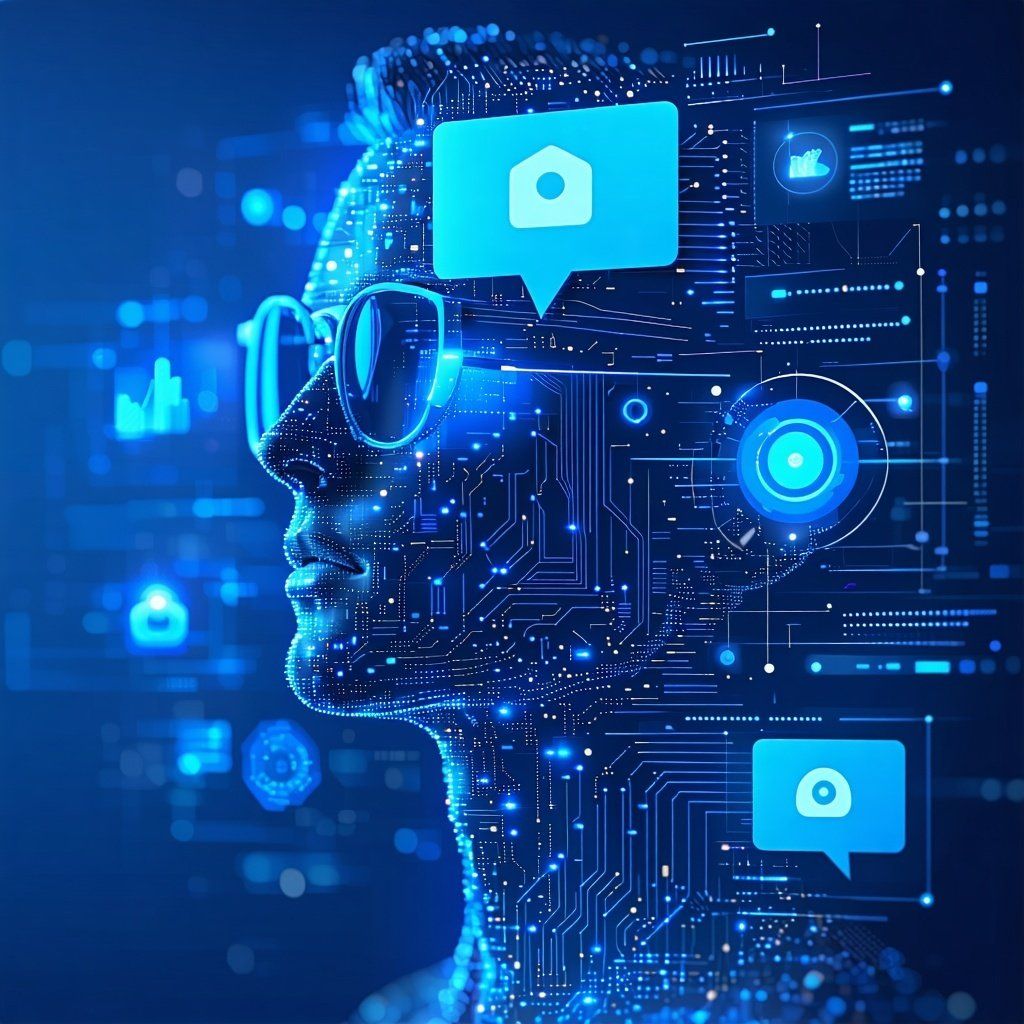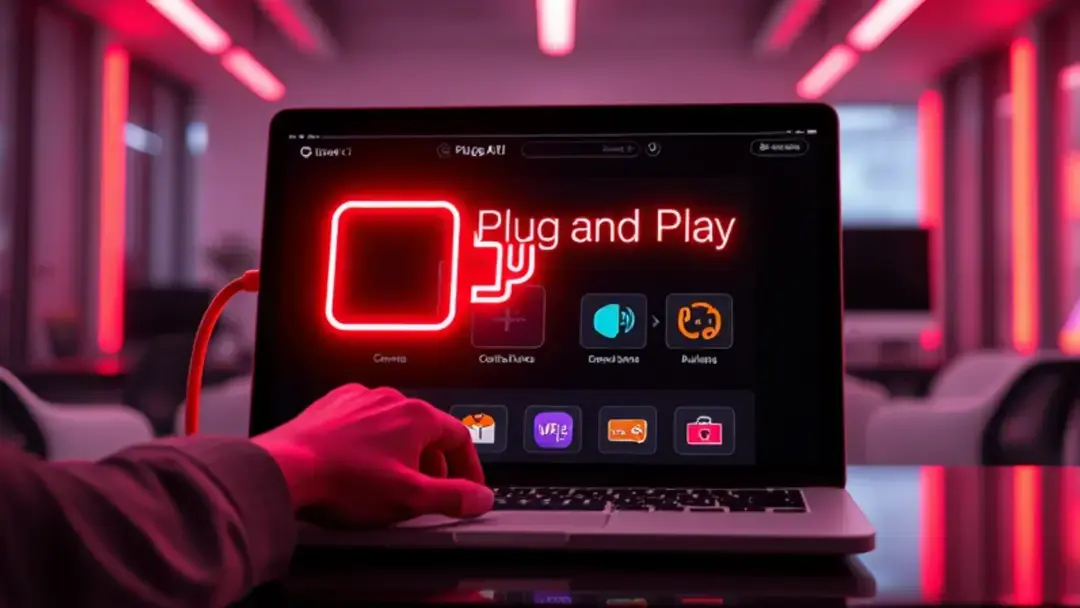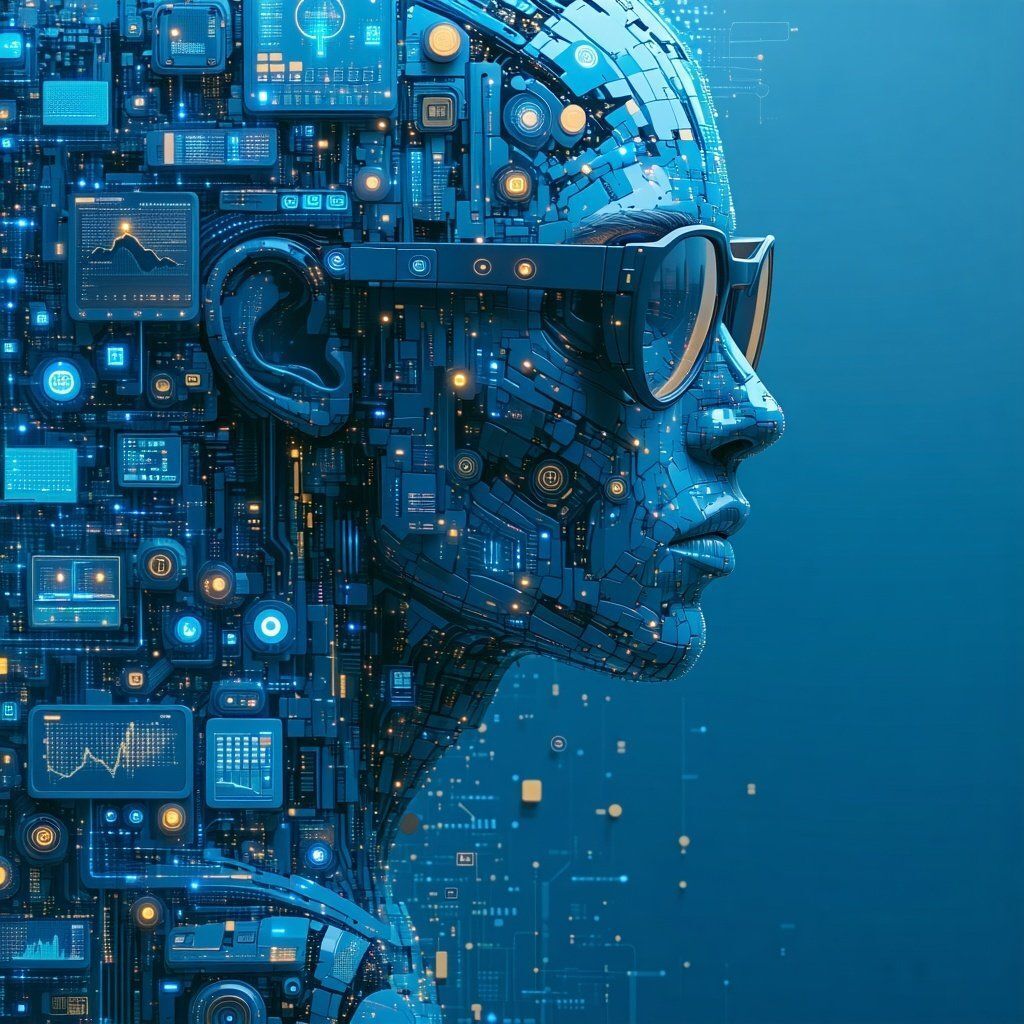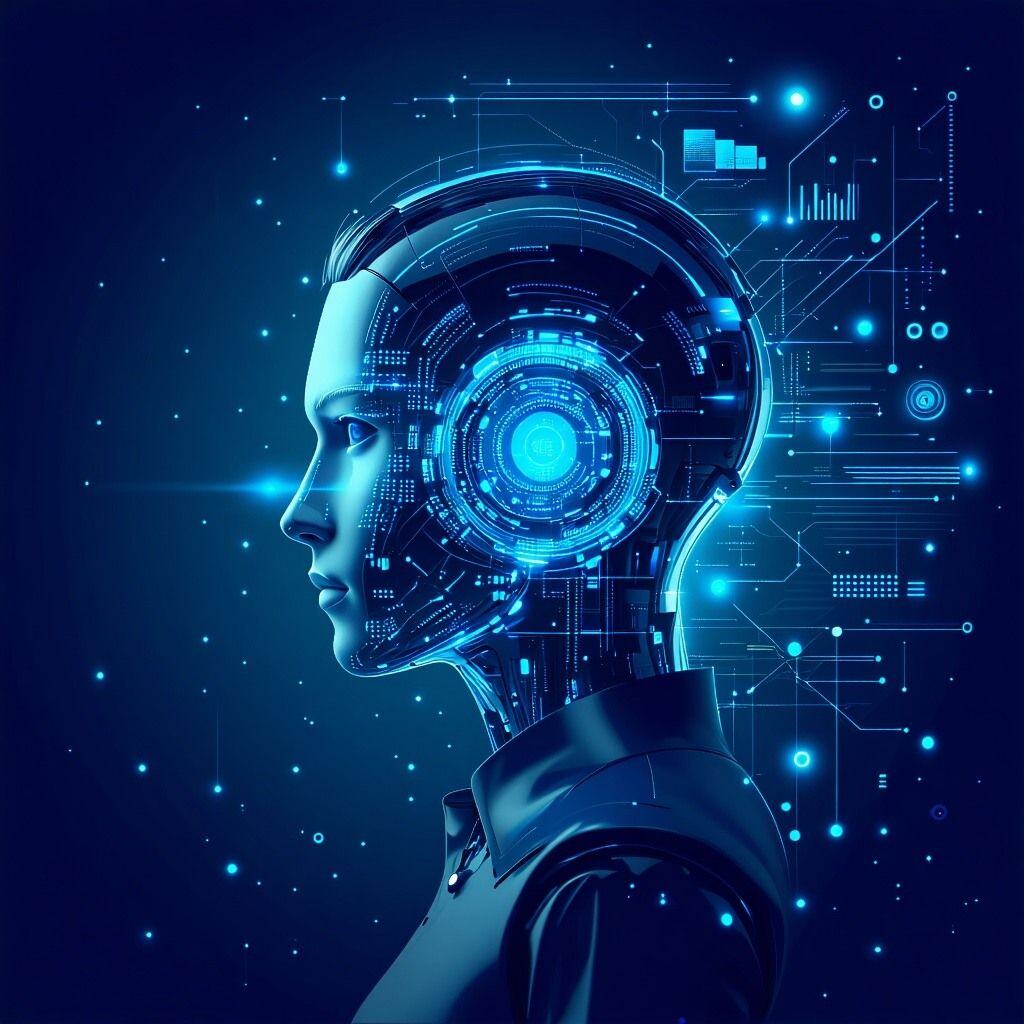Preparing Your Workforce for AI: Building Trust and Competence
AI is no longer a future concept—it’s here, and it’s transforming how businesses operate, compete, and deliver value across industries. From automating routine processes to enabling real-time insights through machine learning, artificial intelligence is rapidly becoming embedded in the core workflows of modern organisations. The rise of generative AI (Gen AI) and other advanced AI deployment models signals a new era of work—one defined by collaboration between humans and machines.
Yet while the state of AI is advancing at a great speed, many employees are still catching up. The latest research shows that businesses' readiness often lags behind technological capability. HR and Training Managers now find themselves on the front lines of one of the most pressing challenges in business today: how to prepare the workforce for the realities of AI adoption without triggering resistance or fear.
In an environment where employees are unsure about their future role, uncertain how AI systems work, and overwhelmed by change, it’s not enough to just roll out new tools. Businesses must invest in trust, transparency, and training to ensure that AI becomes an enabler—not a threat.
The Real Barrier Isn’t the Tech—It’s the Trust
HR and L&D professionals are seeing it firsthand. Despite growing investment in AI adoption, many employees remain hesitant, uncertain, or outright afraid. Their concerns are valid and widespread:
-
“Will AI take my job?”
-
“Can I trust what it tells me?”
-
“Do I even know how to work with it?”
This resistance doesn’t come from stubbornness—it comes from a genuine lack of understanding and fear of being replaced. As companies accelerate their AI initiatives, they often overlook a critical component of successful transformation: building trust at the human level.
LinkedIn research shows that the future of work will be deeply collaborative, where humans and AI work side-by-side. But for this to happen, employees need more than tools—they need context, support, and a path to develop AI skills that make them valuable in this evolving AI ecosystem.
In fact, AI isn’t just another tech wave—it represents the next productivity frontier. Organizations that help their people gain confidence in using and interpreting AI will unlock a massive economic potential—while those that fail to upskill and engage employees may face stalled deployments, internal pushback, or poor ROI.
The key to sustainable success isn’t just technical expertise—it’s cultivating AI expertise across the workforce and embedding it into everyday roles. That starts with trust, transparency, and training.
Fixing the Readiness Gap Starts with Your People
In the age of AI, successful adoption isn’t just about upgrading your data infrastructure or perfecting technical integrations—it’s about how prepared your people are to thrive in the AI era. For HR and training leaders, this is a pivotal opportunity. As digital transformation accelerates and Gen AI capabilities rapidly evolve, organizations must reimagine how they equip their workforce. Closing skills gaps and integrating AI seamlessly into the flow of work is no longer optional—it’s a strategic imperative. In this new workplace landscape, business leaders who invest in AI readiness at the human level will be the ones who stay ahead.
To bridge the gap, HR and L&D teams must lead with empathy, transparency, and structure. That starts with integrating people into the core strategies behind your AI transformation. Here's how:
1. Education: Demystify AI to Build Foundational Trust
Don’t just roll out AI solutions—help people understand the “why” and the “how.” Use microlearning modules, internal workshops, and explainer content to build basic AI literacy across your organization. Focus on:
-
What AI can and can’t do
-
How decisions are made by AI models
-
Why human oversight and judgment still matter
This knowledge gives employees the confidence to engage with AI rather than avoid or fear it. It also strengthens your organization’s overall AI strategy by ensuring better alignment between tools and teams.
2. Empowerment: Build Confidence, Not Compliance
AI is only as strong as the people who use it. Give employees the autonomy to question, validate, and even override AI recommendations. Make it clear that AI isn’t replacing them—it’s amplifying their role.
Position AI as a co-pilot, not an autopilot. This mindset shift:
-
Encourages healthy skepticism and critical thinking
-
Fosters cross-functional experimentation and innovation
-
Promotes ownership of outcomes and AI-driven decisions
When people feel in control, they don’t resist AI—they own it.
3. Ethical Framing: Center Humans in the AI Ecosystem
Trust is fragile—especially when it comes to AI. Acknowledge the risks of bias and unintended outcomes. Be transparent about how your company is addressing these issues, from model testing to ethical review boards.
By prioritizing fairness, accountability, and inclusivity, HR leaders can build a culture of responsible innovation. In doing so, your organization becomes more than just an AI hub—it becomes a trusted player in shaping how AI impacts the economy and society at large.
As AI solutions grow more sophisticated and integrated across business functions, people-first strategies will define which companies truly thrive. Preparing employees to succeed with AI is no longer optional—it’s a business imperative.
📥 Download the HR Buyer’s Guide for proven tools and frameworks to guide your workforce through AI change—without the fear, confusion, or pushback.
Future-Proof Your Workforce in the Age of AI

As AI technologies reshape industries at an unprecedented pace, it’s not just job titles that are evolving—entire workflows, tasks, and decision-making frameworks are being redefined. For HR and Learning leaders, this moment calls for more than a new training initiative—it demands a rethinking of how we prepare the current workforce for what’s next.
Your role has expanded beyond onboarding and skills development. You’re now at the heart of guiding employees through a workplace transformation where AI is seamlessly embedded into the flow of work. This means building a culture grounded in curiosity, adaptability, and continuous learning.
This shift is not only about technical skills—it’s about mindset. Employees must see AI technologies not as a threat, but as a tool to amplify their capabilities. AI isn’t here to replace humans; it’s here to unlock new levels of productivity, insight, and even creativity.
“The future of work will be human + AI, not human vs. AI,” says LinkedIn.
To turn that vision into reality, HR must become a strategic driver of AI transformation by:
-
Partnering across IT, operations, and executive teams to align people strategy with tech strategy
-
Embedding AI learning pathways into performance and career development programs
-
Championing culture change that supports experimentation, resilience, and innovation
A recent global survey found that companies prioritizing workforce readiness during AI deployment saw significantly higher ROI and lower change resistance. Why? Because even the most powerful AI tools are only as effective as the people who use them.
By investing in the human side of digital transformation, HR leaders don’t just reduce friction—they unlock the full potential of AI-powered work and spark new wonders in how teams collaborate, grow, and deliver impact.
Smooth Change Starts with Smart Support
Empowering your current workforce to embrace AI adoption doesn’t happen by chance—it requires structure, empathy, and a people-first roadmap. As AI becomes deeply embedded in core business processes across industries, HR and L&D leaders must take a proactive role in not just informing employees, but truly enabling them to succeed in this new environment.
Change can be daunting, especially when it impacts how tasks are assigned, how performance is evaluated, and how decisions are made. For many workers, the introduction of AI can feel like uncharted territory. But with the right support mechanisms in place, AI can become a powerful ally—driving greater efficiency, faster insights, and even revenue growth.
To unlock these benefits, organizations need more than just powerful tools—they need a human-centered strategy.
That means:
-
Structured onboarding and training programs that contextualize AI within each employee’s role and day-to-day tasks
-
Clear, transparent communication about how AI works, its intended use cases, and the safeguards in place
-
Robust AI governance frameworks that ensure ethical, responsible deployment
-
Resources and guidance to help employees understand how AI will become a natural part of their workflow and career development
Companies that prioritize change management and skills development are far more likely to unlock the full potential of AI, according to recent research.
In this landscape, HR leaders must step into the role of transformation architects—navigating teams through complexity and ensuring that AI is seen not as a threat, but as a trusted partner.
Whether your goal is to enhance service delivery, streamline internal operations, or accelerate growth, one truth remains: success starts with people. When workers are supported, skilled, and confident, AI adoption becomes not just possible—but transformative.
📥 Download the HR Buyer’s Guide
Unlock expert-backed frameworks, messaging templates, employee sentiment surveys, and change management strategies—built specifically for HR leaders navigating the challenges of AI systems and technological change.
No cookies. No account. Just practical tools to help your organisation, employers, and learners adapt and thrive.
Whether you're building a culture of lifelong learning, supporting talent through AI adoption, or guiding your workforce through transformation, this guide offers the insight and structure you need—from the experts, for the real world.
You May Also Like
These Related Stories

Harnessing Conversational AI: Perfect Data Not Required

Plug-and-Play AI Training? Yes, It Exists




No Comments Yet
Let us know what you think